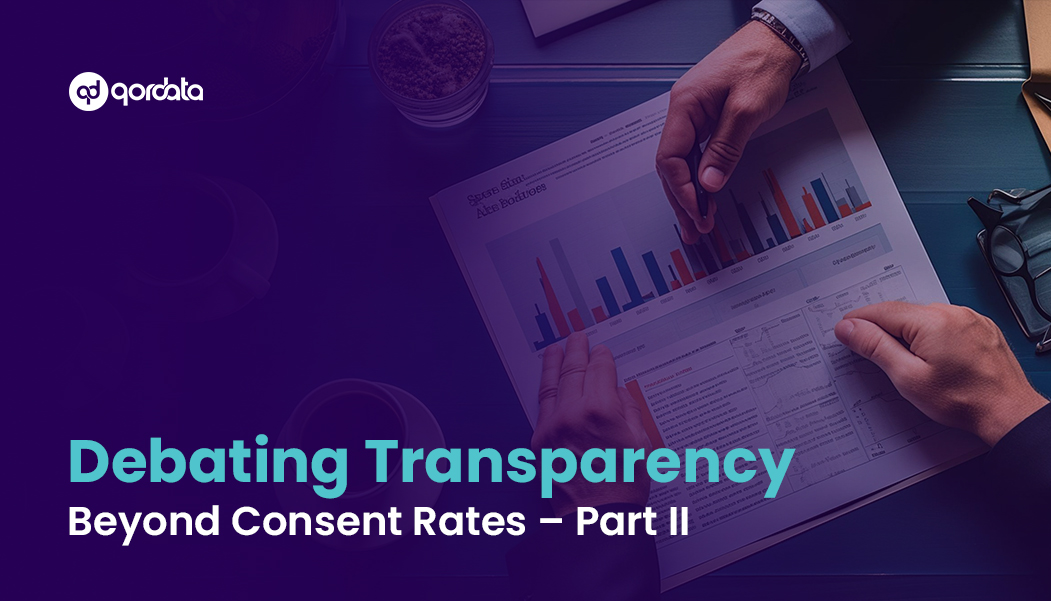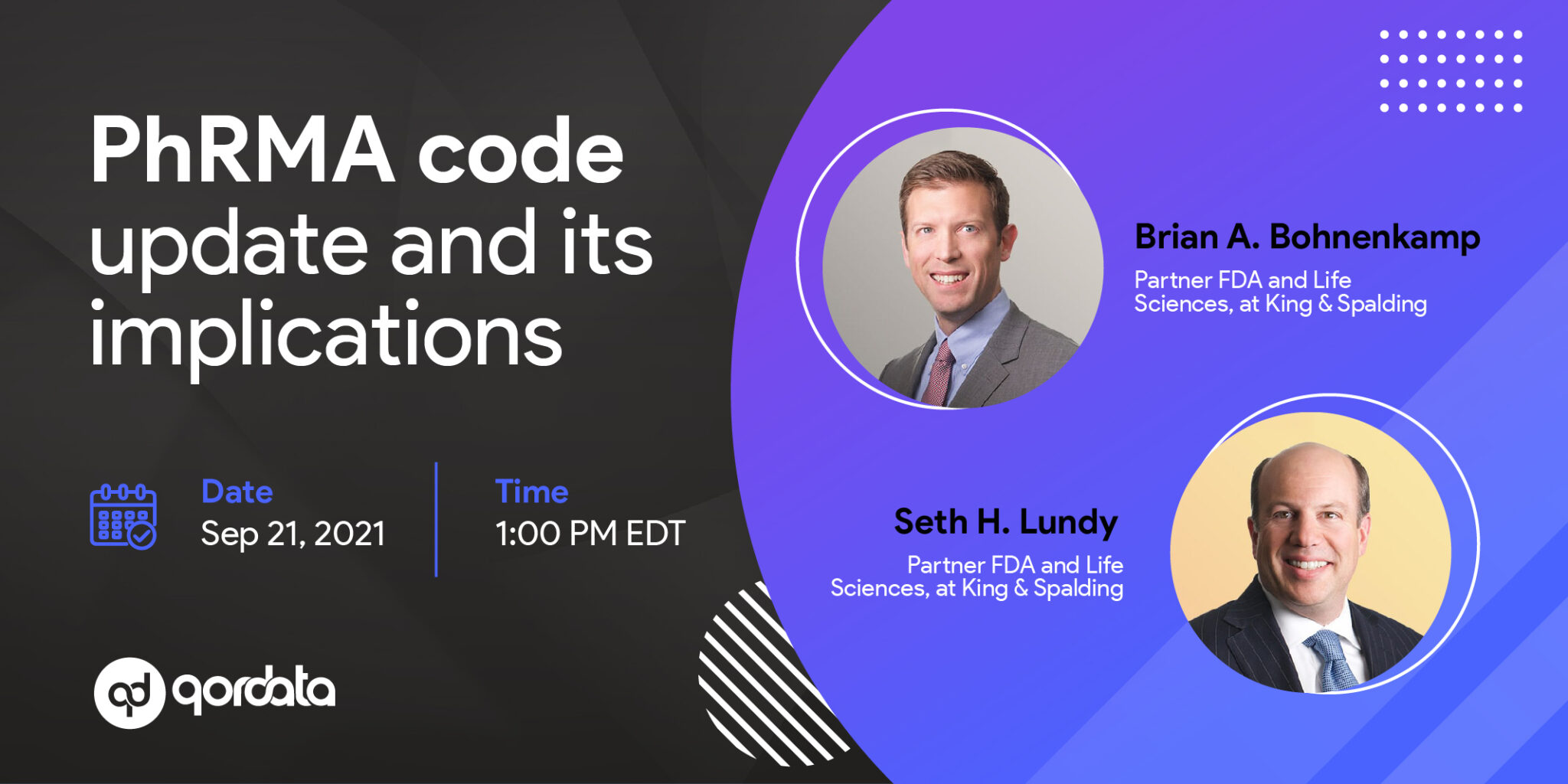Slightly over two months ago, applicable manufacturers in North America added to the 40.74 million records already present in the CMS Open Payments database. This exercise will also add to the $24.92 billion worth of Transfers of Value (TOVs) already covered in the database since 2013.
So why do companies make the laborious effort of collating, cleaning, mastering, attesting, and then entering this data each year? What returns can data of a historical nature provide to a pharmaceutical company’s bottom line?
Penalties may have something to do with it.
An applicable manufacturer stands to lose up to $1,000,000 in CMPs if its CMS submission is not made in a ‘timely, accurate, or complete’ manner. Note this is the penalty a pharmaceutical company will pay if it fails to report its spend data.
Now we come to an important distinction: What if the applicable manufacturer submitted a report but left out specific ToVs that were uncovered later? If this was in error, the applicable CMP is $1,000 per missing Transfer of Value. Since this is per transaction, the CMP will rise, at $1,000 but will cap at $10,000. The annual maximum penalty such a manufacturer will face is $150,000.
But what if this was not an oversight? Deliberately leaving out dubious transactions from your CMS submission report carries penalties much higher, 10X to be exact.
If a pharmaceutical compliance officer deliberately withholds information regarding a payment or transfer of value, the penalty per transaction is $10,000. The cap is $100,000 (again, 10X as much). This time, the annual maximum penalty is $1 million.
Compliance officers may argue that (given the volume of data they’re managing), it can take time to detect if something is missing. So even if they intended to report a Transfer of Value, they may not have been able to do so in time. The law makes a provision for that too.
Referring to the Office of Inspector General Compliance Program Guidance for Pharmaceutical Manufacturers (April 2003) (Section H. Responding to Detected Problems and Developing Corrective Action Initiatives), one finds:
“Violation of a pharmaceutical manufacturer’s compliance program, failure to comply with applicable federal or state law, and other types of misconduct threaten the company’s status as a reliable, honest, and trustworthy participant in the health care industry. Detected but uncorrected misconduct can endanger the reputation and legal status of the company. Consequently, upon receipt of reasonable indications of suspected noncompliance, it is important that the compliance officer or other management officials immediately investigate the allegations to determine whether a material violation of applicable law or the requirements of the compliance program has occurred and, if so, take decisive steps to correct the problem.19 The exact nature and level of thoroughness of the investigation will vary according to the circumstances, but the review should be detailed enough to identify the root cause of the problem. As appropriate, the investigation may include a corrective action plan, a report and repayment to the government, and/or a referral to criminal and/or civil law enforcement authorities.
Reporting
Where the compliance officer, compliance committee, or a member of senior management discovers credible evidence of misconduct from any source and, after a reasonable inquiry, believes that the misconduct may violate criminal, civil, or administrative law, the company should promptly report the existence of misconduct to the appropriate federal and state authorities20 within a reasonable period, but not more than 60 days,21 after determining that there is credible evidence of a violation.22 Prompt voluntary reporting will demonstrate the pharmaceutical manufacturer’s good faith and willingness to work with governmental authorities to correct and remedy the problem. In addition, reporting such conduct will be considered a mitigating factor by the OIG in determining administrative sanctions (e.g., penalties, assessments, and exclusion), if the reporting company becomes the subject of an OIG investigation.23
(Footnote 21) “…To qualify for the “not less than double damages” provision of the False Claims Act, the provider must provide the report to the government within 30 days after the date when the provider first obtained the information. 31 U.S.C. 3729(a). “



